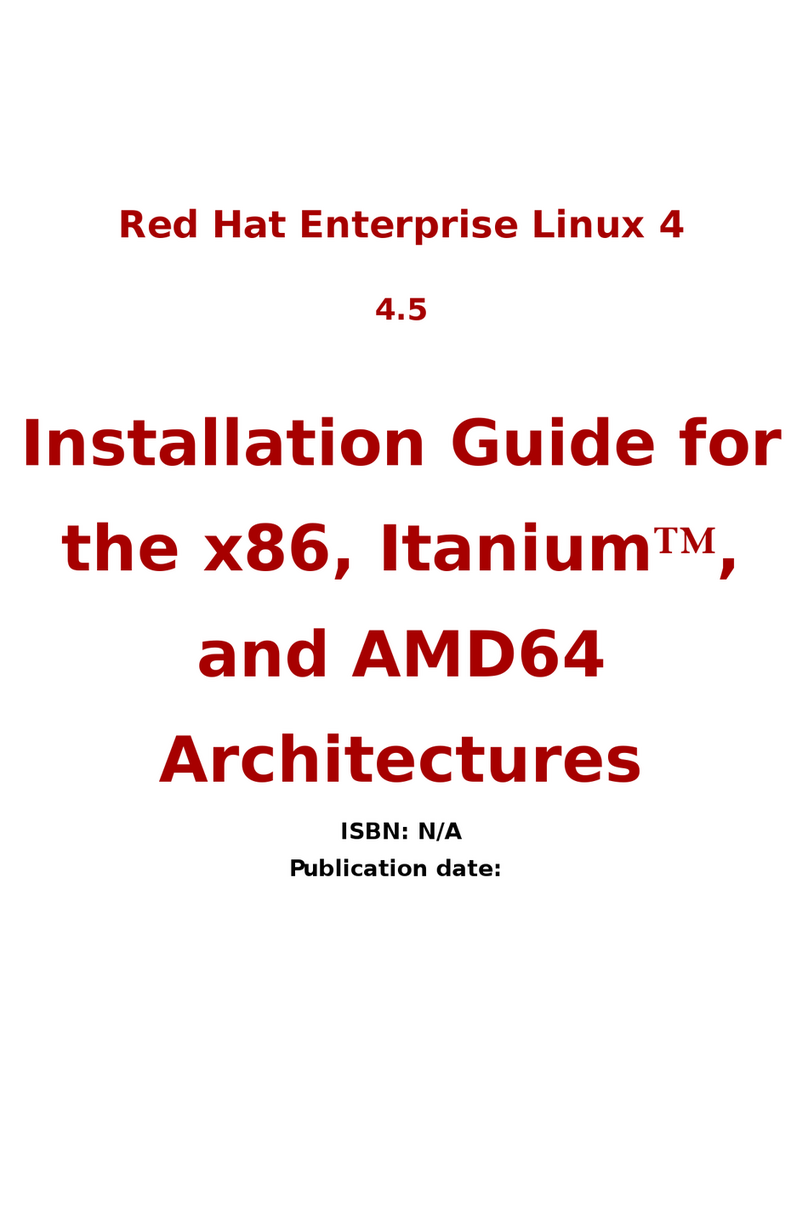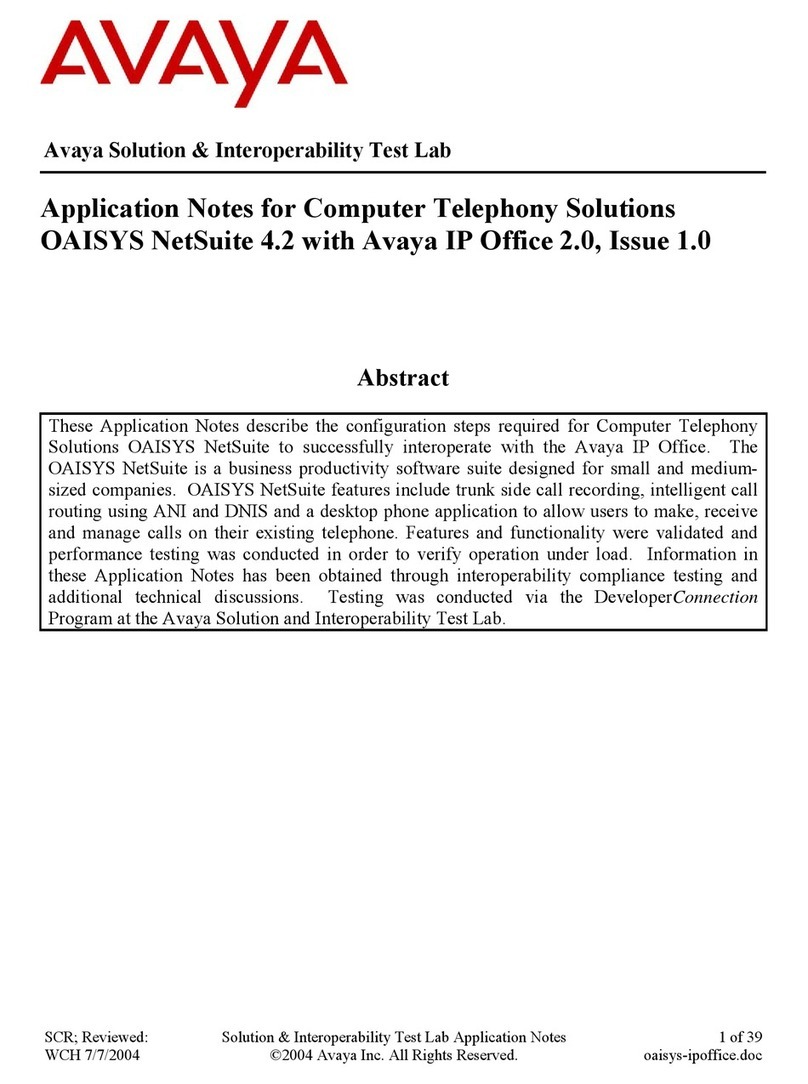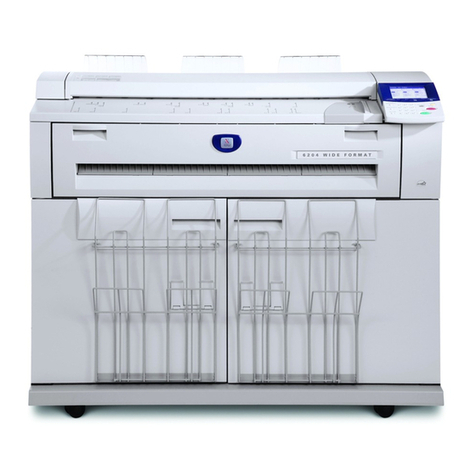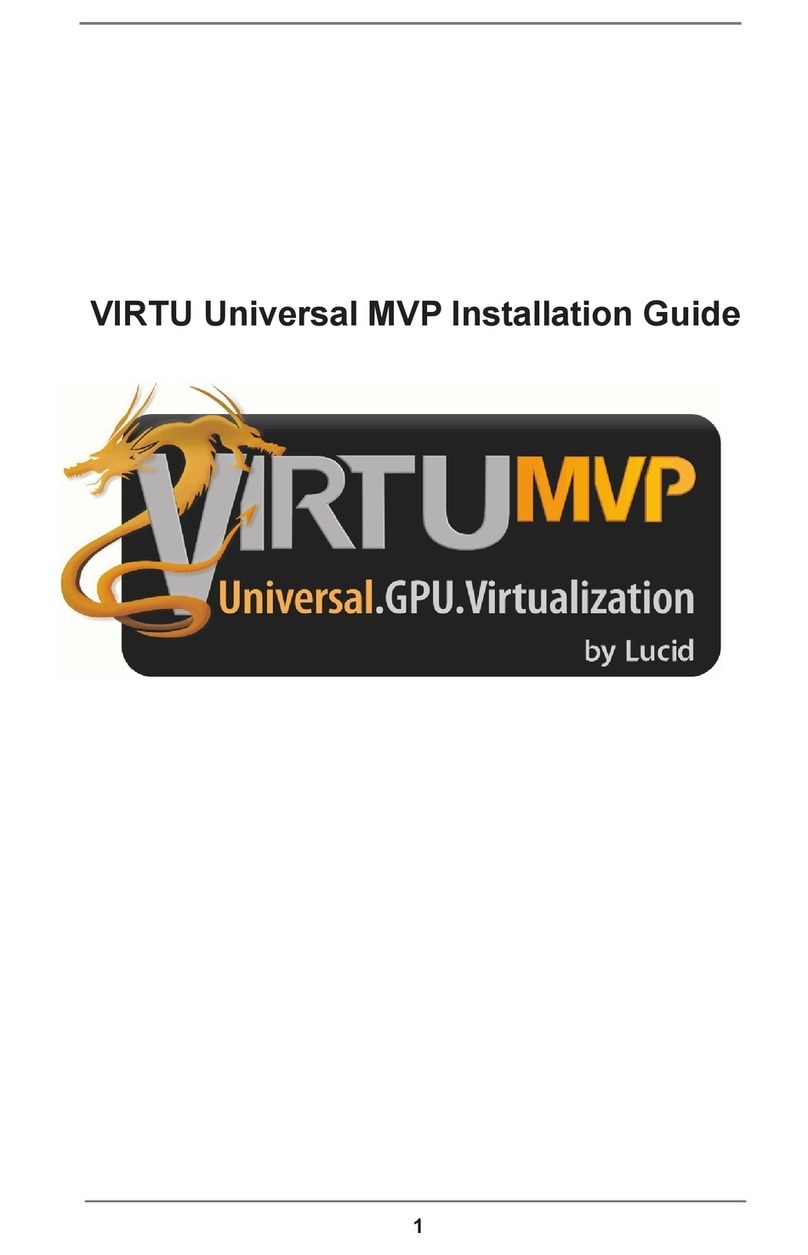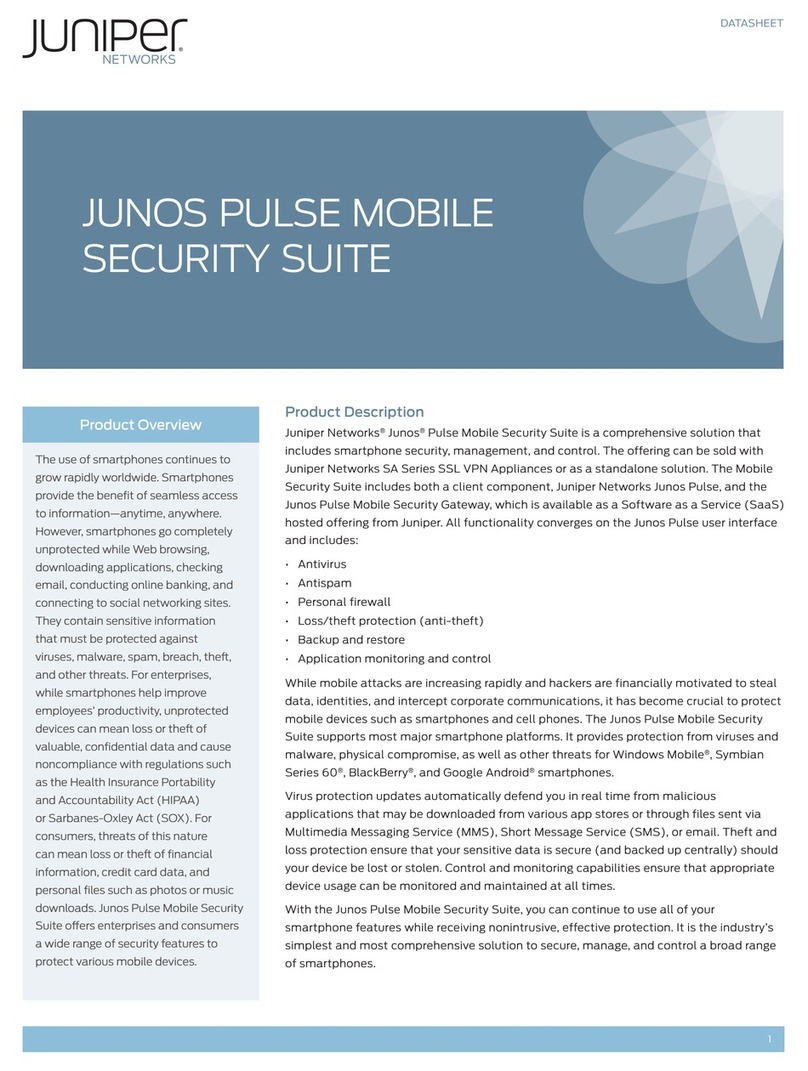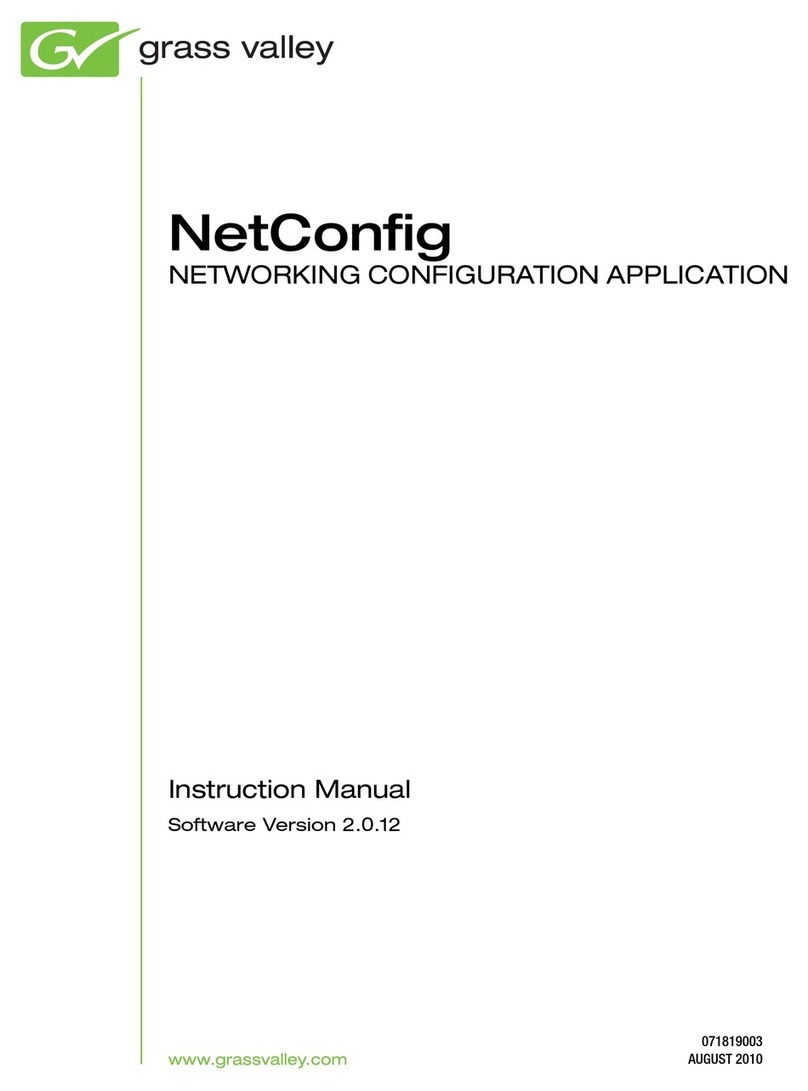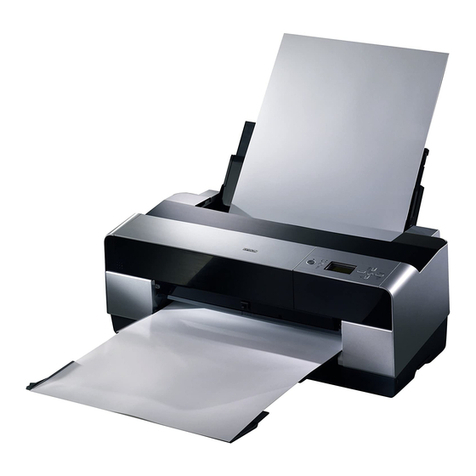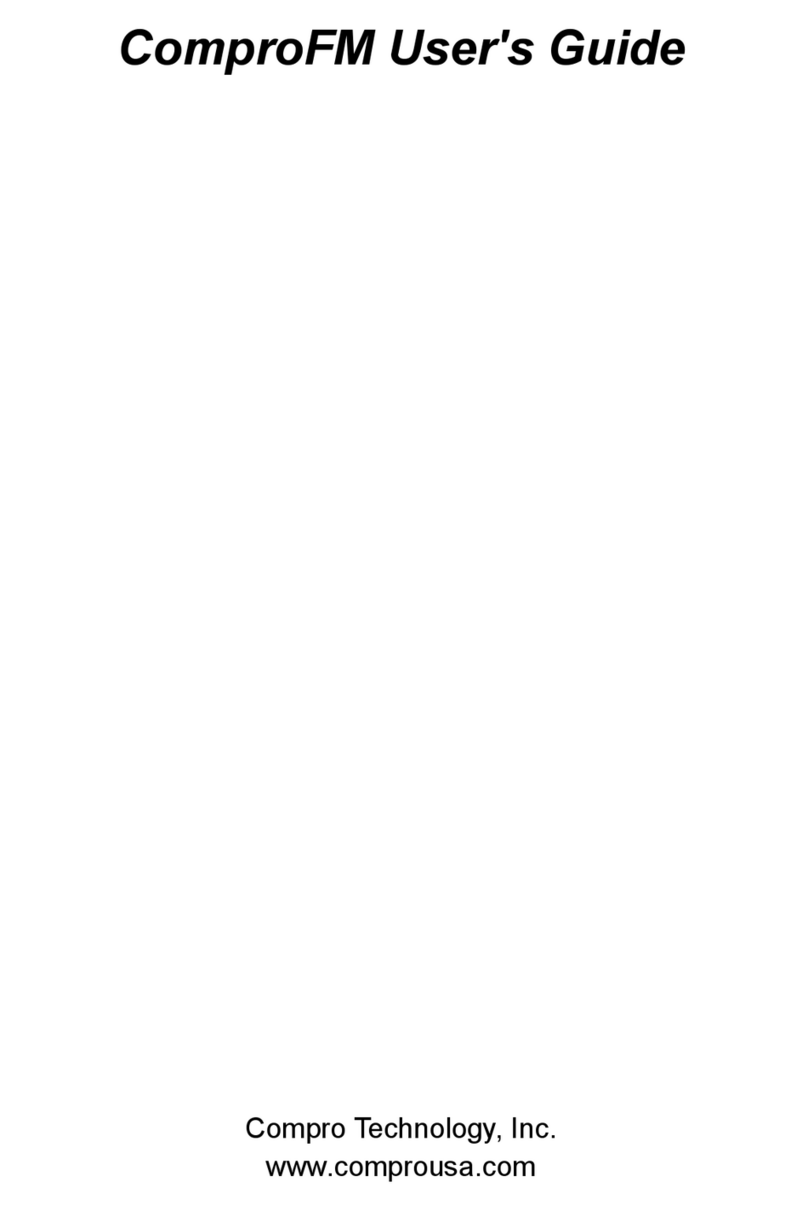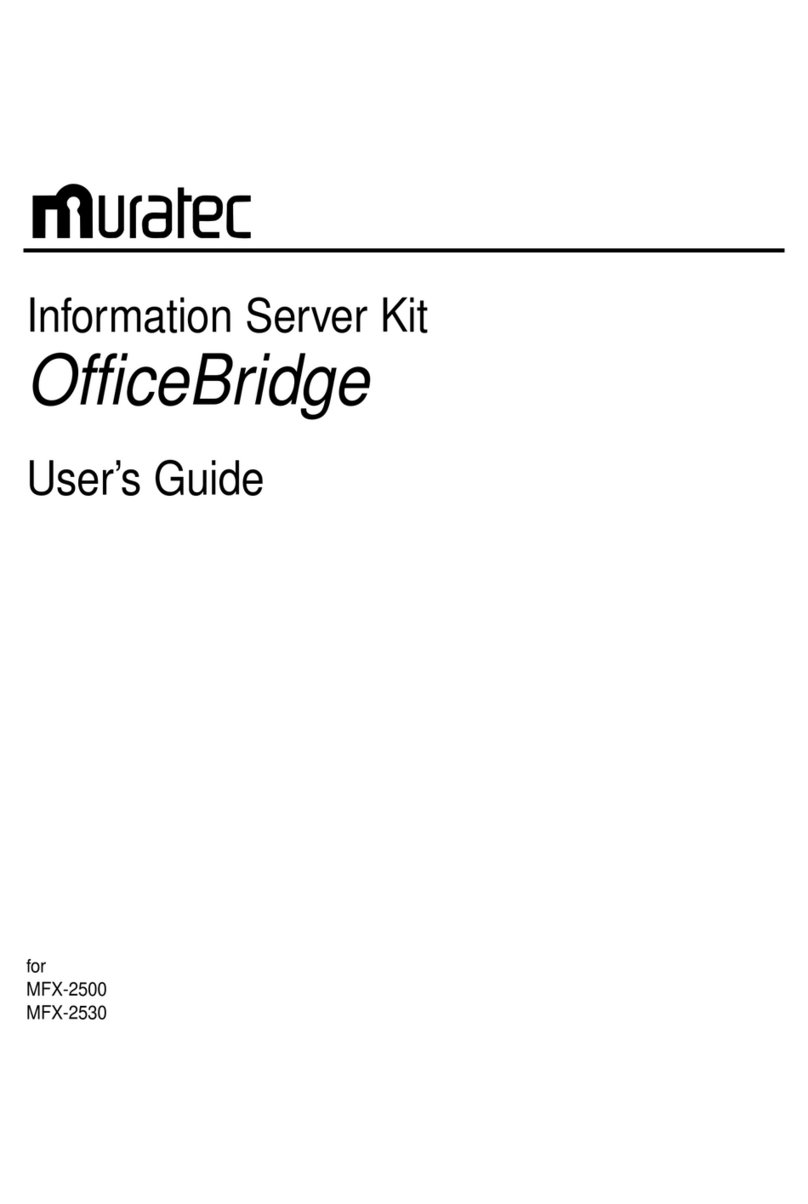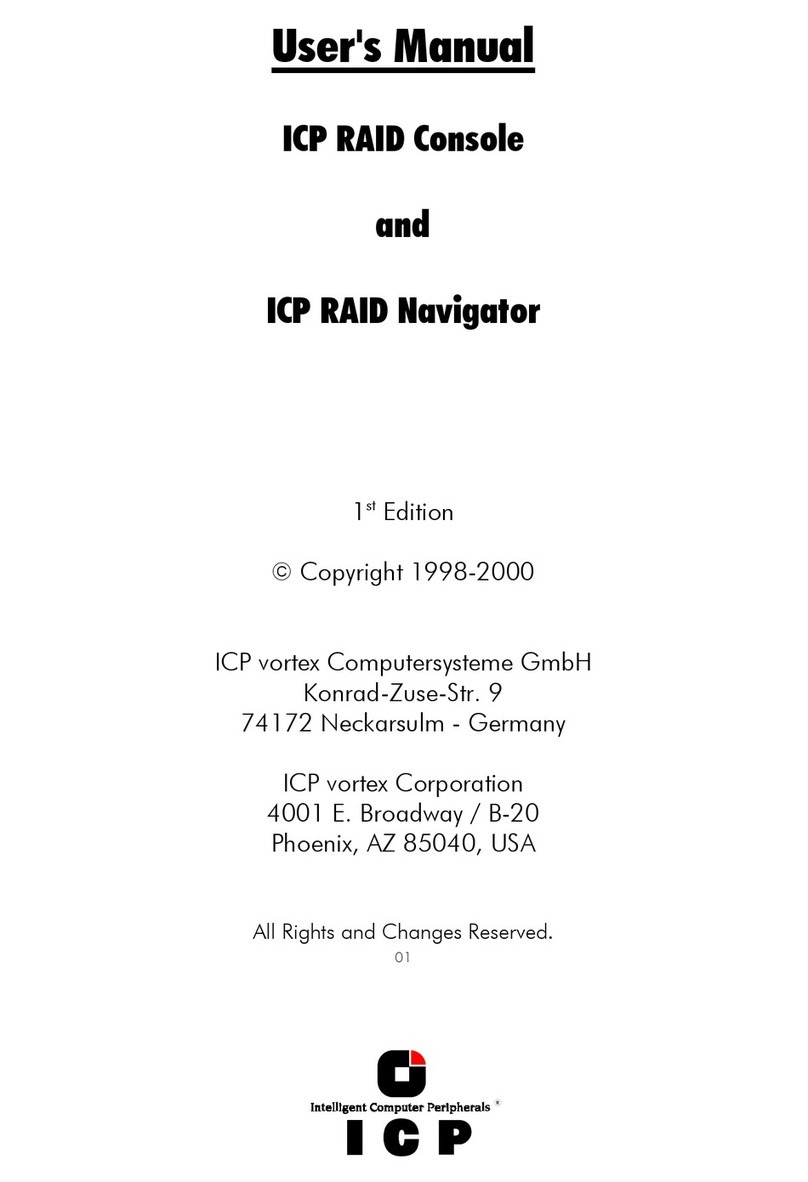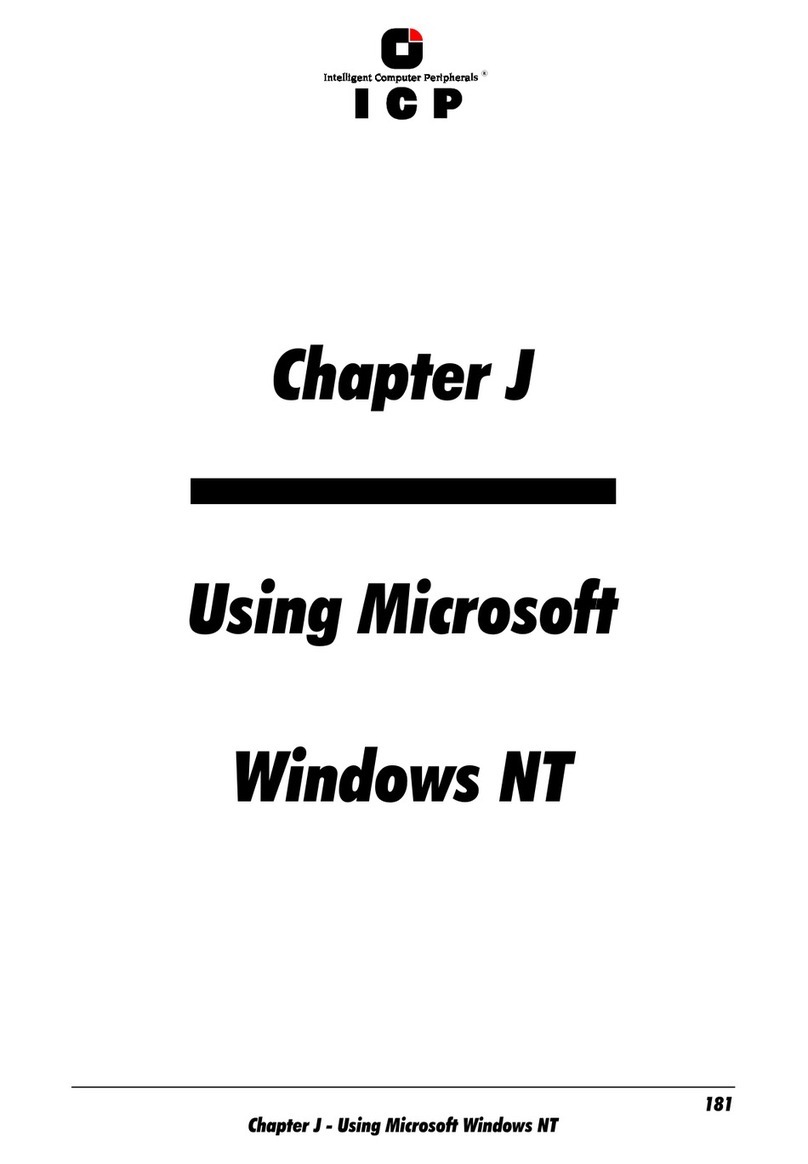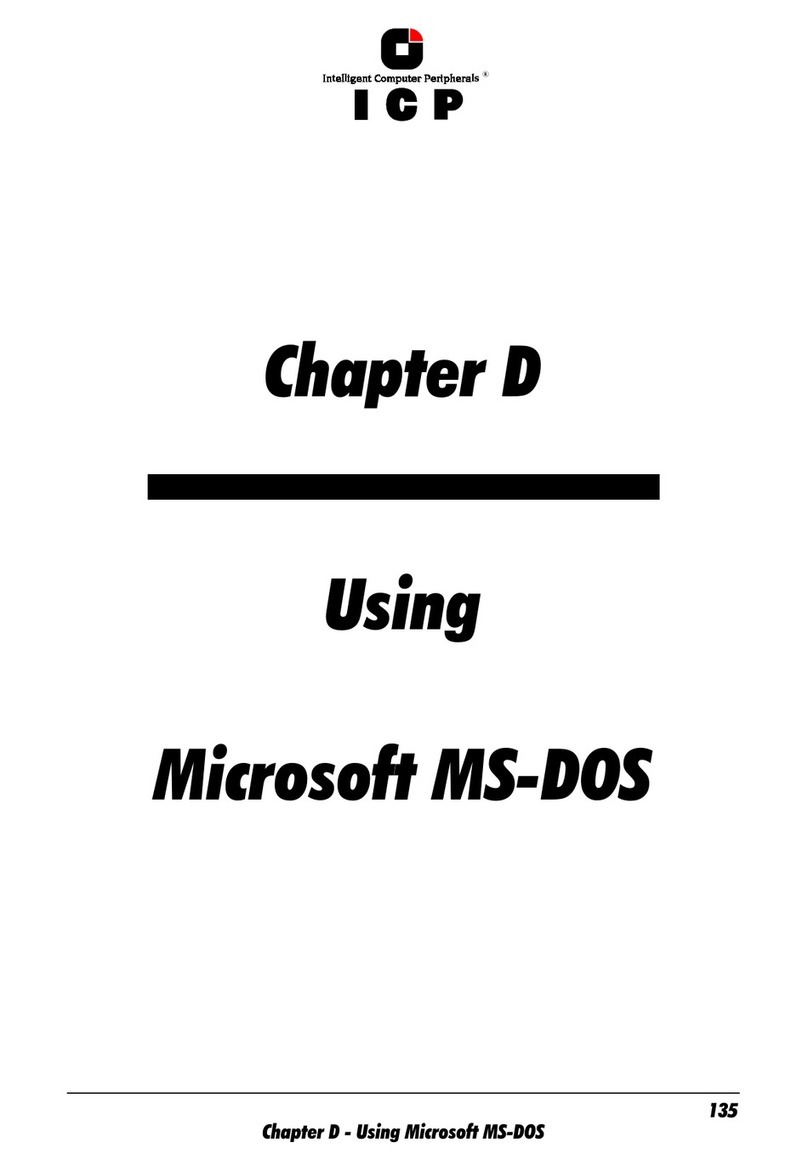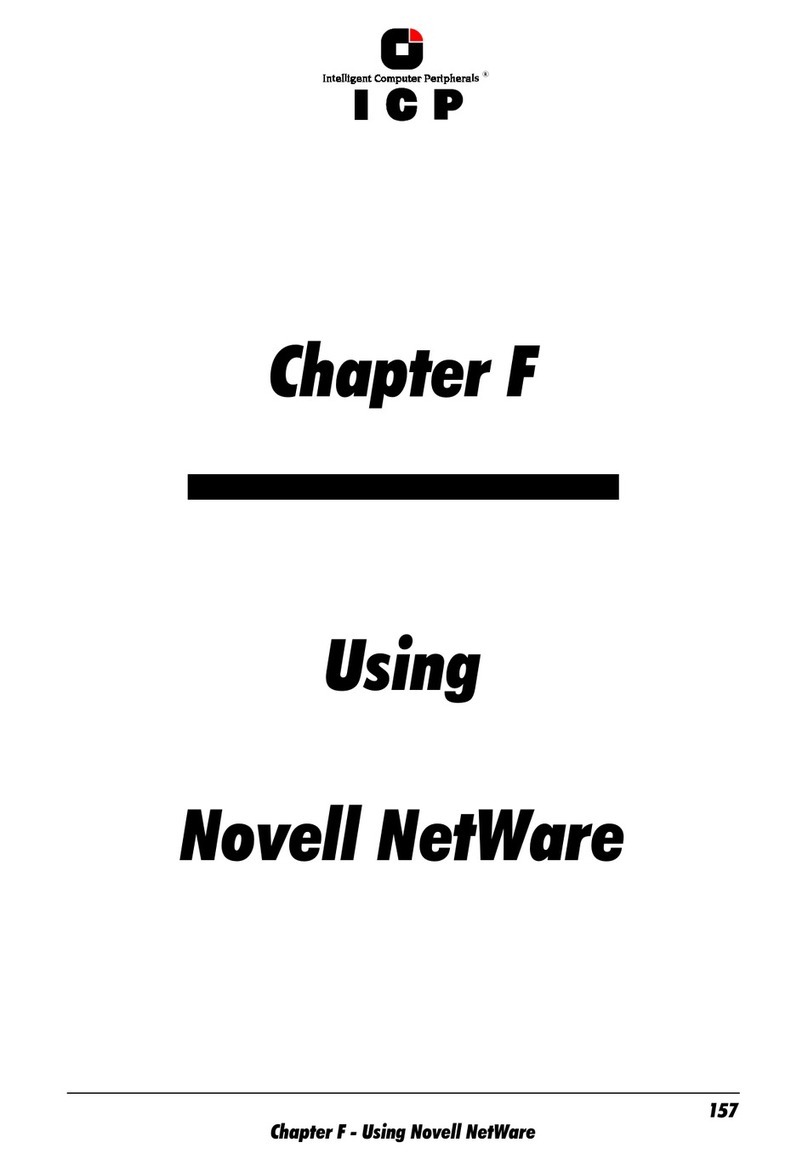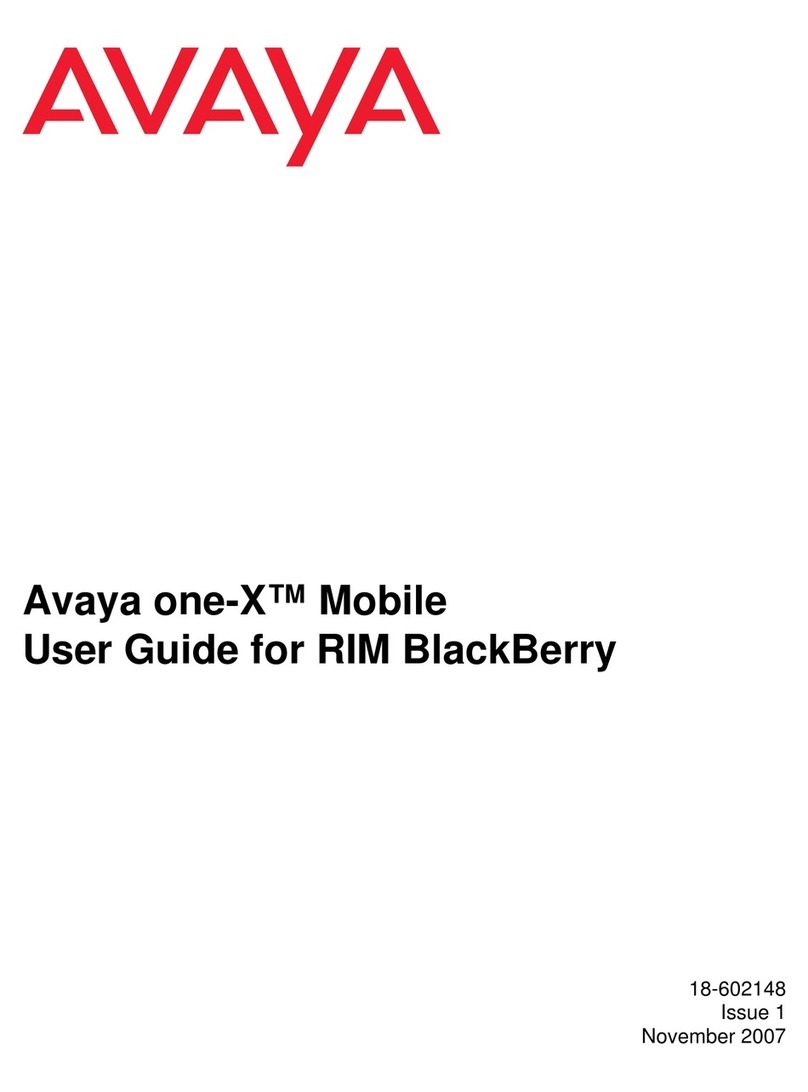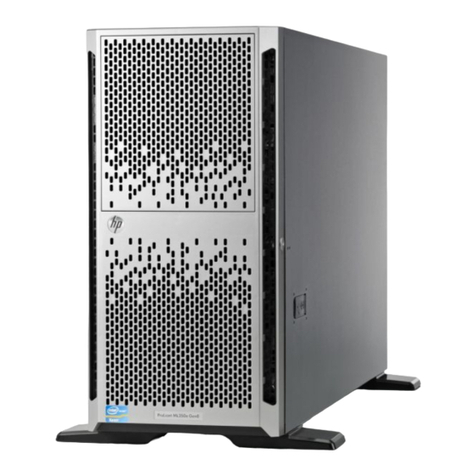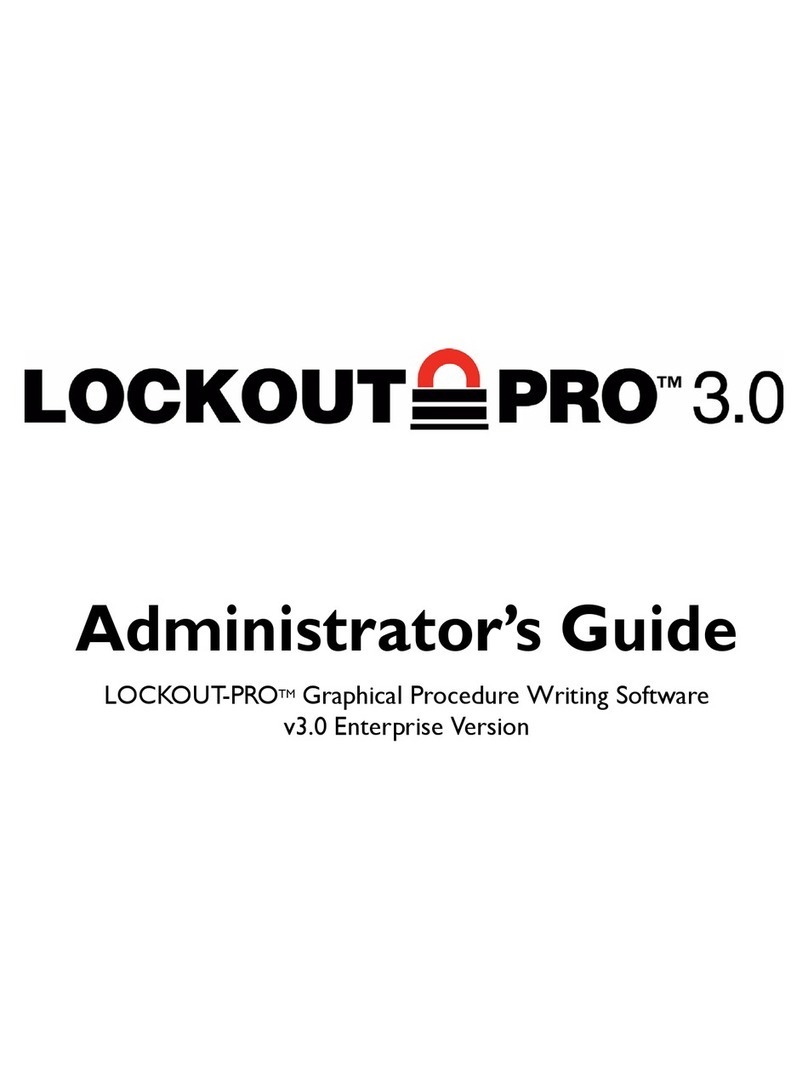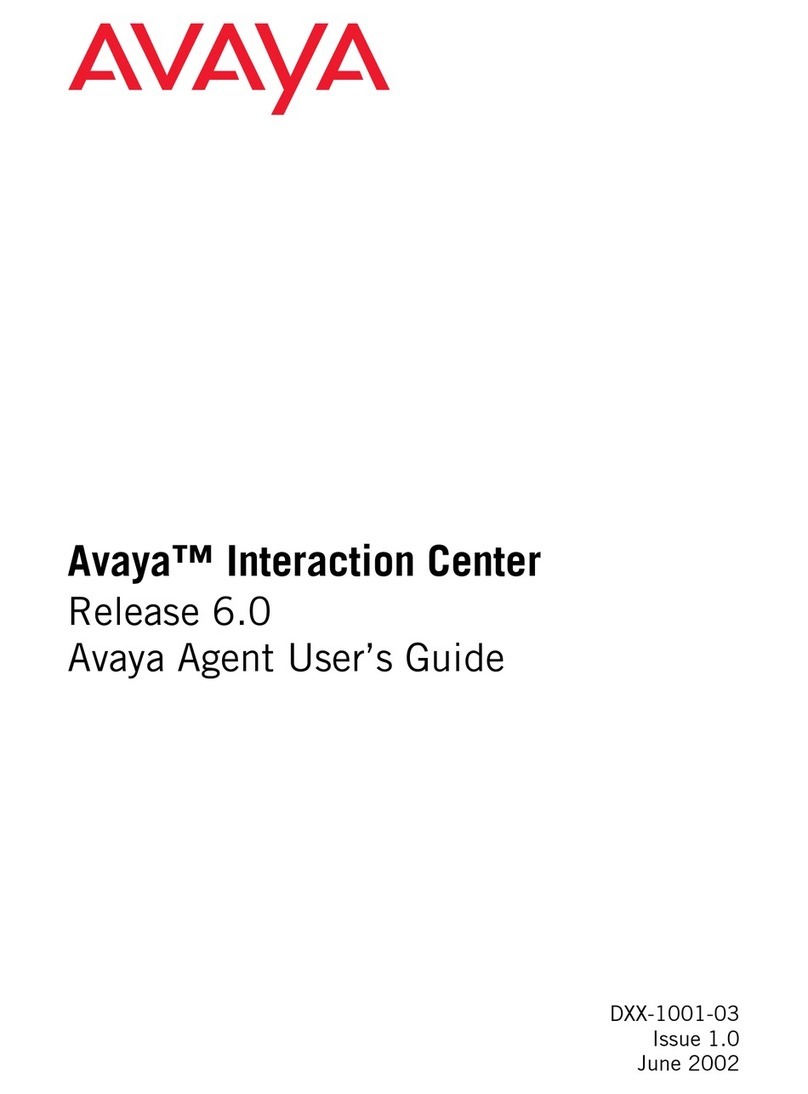&KDSWHU.'LDJQRVLV3URJUDP*'7021
./RDGLQJ*'7021
As mentioned before, the GDTMON program is available for various operating systems.
It can be used either locally or remotely. This means that all ICP Controllers in a network
can be monitored and serviced from one (or several) workstation(s). The communication
between the ICP Controller(s) and the GDTMON program is based on the NETBIOS or NCPE
protocols. Thus, for example, it is possible to monitor the ICP Controller in an OS/2 work-
station or the ICP Controller in the Novell NetWare fileserver from a Windows 95 worksta-
tion.
In order to be able to access a certain computer system with its ICP Controller remotely on
the network, a special communication module has to be loaded first, which routes the in-
formation through the network. For a Novell NetWare fileserver this is the CTRLSRV.NLM
module (NCPE). For Windows NT (server and workstation), Windows 95 and OS/2 (server
and workstation) this is the NBSERVx.EXE module (NETBIOS). While the module is loaded
it searches for a CTRLSRV.CFG (Novell NetWare) or NBSERV.CFG (Windows NT, Windows
95 and OS/2) file, which includes the definition of the access rights of the different users
and their passwords. The CFG file assigns every user to two different access levels. Access
level 0 gives the user all functions to view and change the controller-, disk-drive and disk-
array-settings. Access level 1 entitles the user only to view the various settings and per-
formance data.
The Windows NT, Windows 95 and OS/2 driver diskettes include so-called DLLs for the sup-
ported protocols. Example: If the MON4NETB.DLL file is located in the same directory as
GDTMON.EXE file for Windows NT, the NETBIOS protocol is automatically used for the
GDTMON on this system. As soon as the NETBIOS support of this operating system is in-
stalled during the network configuration, the GDTMON on this system can communicate
through this protocol with another system in the network which has a ICP Controller.
The following drivers for the ‘remote’ GDTMONitor are currently available:
OS/2
GDTMON32.EXE GDTMONitor for OS/2
MON2NETB.DLL NETBIOS DLL for OS/2
MON2NCPE.DLL NCPE DLL for OS/2
NBSRV2.EXE NETBIOS Server for OS/2
NBSRV.CFG Configuration file for NetBios Server
NBCLEAN2.EXE NETBIOS analysis program
Windows NT
GDTMON.EXE GDTMONitor for Windows NT
MON4NETB.DLL NETBIOS DLL for Windows NT
NBSRV4.EXE NETBIOS Server for Windows NT
NBSRV.CFG Configuration file for NETBIOS Server
NBCLEAN4.EXE NETBIOS analysis program
Windows 95
GDTMON.EXE GDTMONitor for Windows 95
MON5NETB.DLL NETBIOS DLL for Windows 95
NBSRV5.EXE NETBIOS Server for Windows 95
NBSRV.CFG Configuration file for NETBIOS Server
NBCLEAN5.EXE NETBIOS analysis program
The MS-DOS GDTMON also allows remote access. The DLLs are integrated into the GDT-
MON.EXE file, thus there is no NETBIOS server available for MS-DOS. Since there is no
NETBIOS support within MS-DOS, it is necessary to load the NETBIOS program to access
from a MS-DOS workstation through the network a ICP Controller in a Windows NT and
